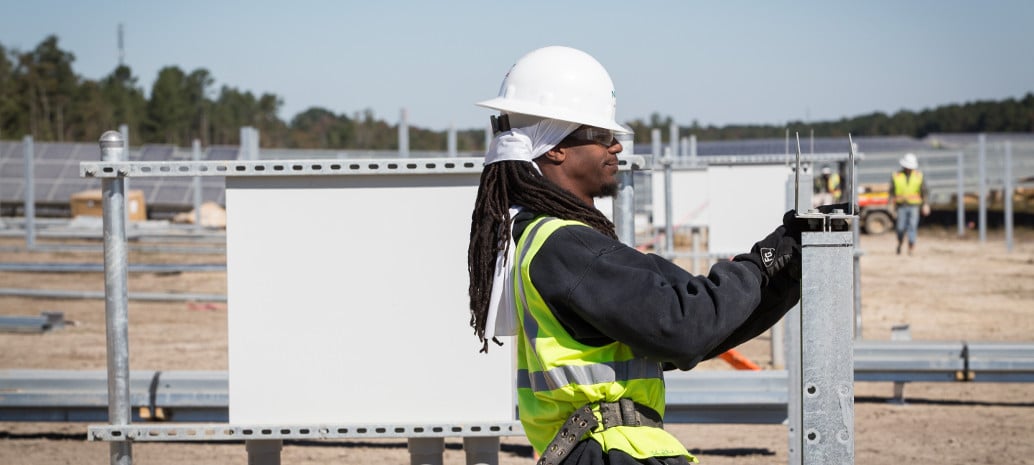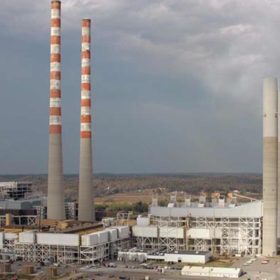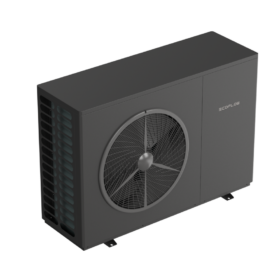The Inflation Reduction Act has unleashed a decade of clean energy industrial policy for the United States, creating supply and demand side incentives to supercharge the nation’s energy transition.
The legislation contains numerous provisions to support the U.S. solar industry, among other clean energy technologies, including a long-term extension of the federal investment tax credit, significant domestic manufacturing incentives, labor standards, energy production tax credits and more.
North Carolina alone is expected to benefit massively from the landmark law and clean energy projects that have followed. E2, a national nonpartisan group of industry leaders and investors, tracked the state’s impressive actions following the August 2022 law.
In the first year following enactment, nine major clean energy projects were announced in the state. Construction of these projects are expected to generate 24,600 jobs, $7.6 billion in wages, and add over $10.2 billion to the state’s gross domestic product (GDP). During operation, these assets are expected to support 5,400 jobs, $380 million in wages, and add $594 million to GDP each year. E2 said North Carolina has the largest economic impact from the IRA among the states thus far.
Since passage of the IRA, over $240 billion has been invested in clean energy manufacturing and infrastructure projects, according to a White House report. This includes over $86 billion invested in nearly 300 new solar, wind, and battery energy storage projects.
In North Carolina, broken out by technology, the first five years of construction phase jobs are expected to support 23,678 electric vehicle related jobs, including manufacturing, 303 electrification, grid, and transmission jobs, and 588 battery and energy storage jobs. For long-term jobs, 5,208 EV jobs are expected to be added, along with grid and storage jobs.
Businesses in the state have announced a wide set of new projects, including EV and car charging equipment manufacturing facilities, lithium processing plants, and more.
The University of North Carolina Chapel Hill held a 10th annual Cleantech Summit to review the state’s recent successes and provide a roadmap ahead.
“The clean economy is happening now, and North Carolina is at the center of it. Even if you don’t drive an electric vehicle or have solar panels on your roof, you’re probably benefiting from the game-changing clean energy projects now sprouting up across North Carolina made possible by the IRA,” said Bob Keefe, executive director, E2, at the Cleantech Summit.
Kempower Inc., an electric vehicle charging manufacturer is building a $41 million, 600-employee factory in Durham.
Kempower’s vice president of markets and products Jed Routh said, “When you’re investing in building a new project, you’re investing in far more than just the facility you’re building. You’re investing in the community. These investments boost business for local companies, create thousands of additional non-energy jobs, and generate hundreds of millions in new tax revenue put more teachers in schools, more cops on the beat, and more services for the community.”
For the solar industry, which is already the fastest growing energy source, the IRA has created long-term stability and clarity. The 30% Investment Tax Credit (ITC) was extended through 2032, creating a long-term subsidy that breaks the boom-and-bust cycle that used to caused by shorter-term ITC extensions.
Solar added a record 36.4 GW of utility-scale storage and 14.3 GW of battery energy storage in 2023, which together add up for more than 80% of new capacity additions for the year. Solar, storage, and wind energy combine for nearly 95% of the capacity added to the grid in 2023, and 2024 is expected to build on this monumental year.
This content is protected by copyright and may not be reused. If you want to cooperate with us and would like to reuse some of our content, please contact: editors@pv-magazine.com.








By submitting this form you agree to pv magazine using your data for the purposes of publishing your comment.
Your personal data will only be disclosed or otherwise transmitted to third parties for the purposes of spam filtering or if this is necessary for technical maintenance of the website. Any other transfer to third parties will not take place unless this is justified on the basis of applicable data protection regulations or if pv magazine is legally obliged to do so.
You may revoke this consent at any time with effect for the future, in which case your personal data will be deleted immediately. Otherwise, your data will be deleted if pv magazine has processed your request or the purpose of data storage is fulfilled.
Further information on data privacy can be found in our Data Protection Policy.